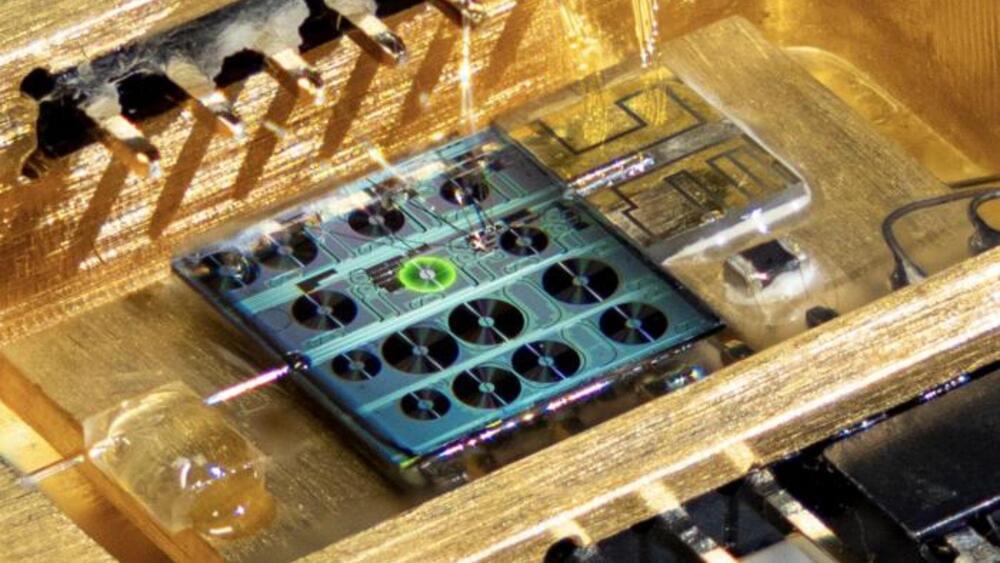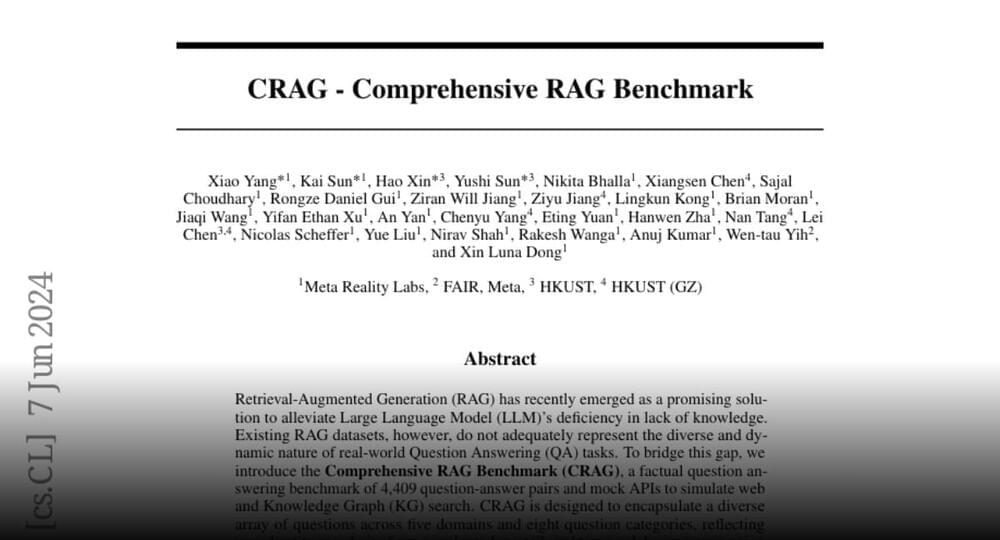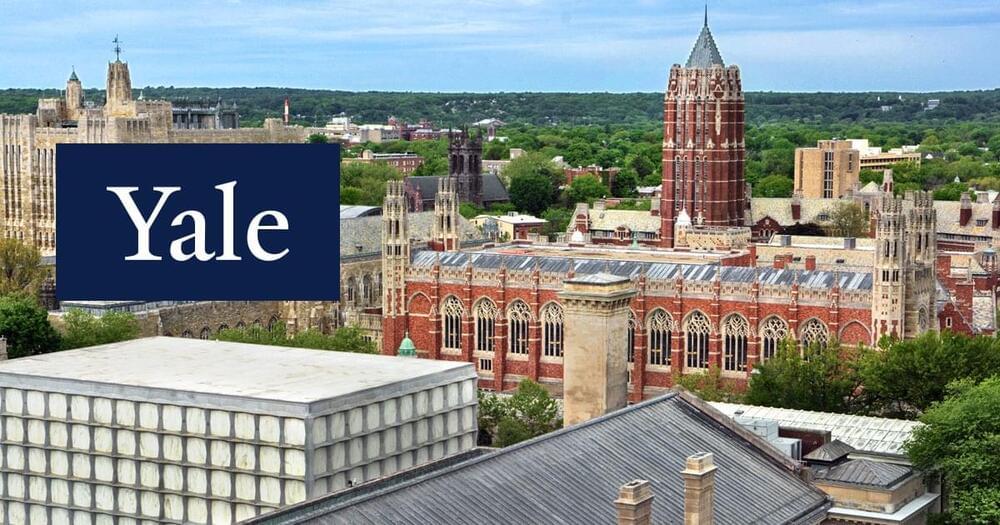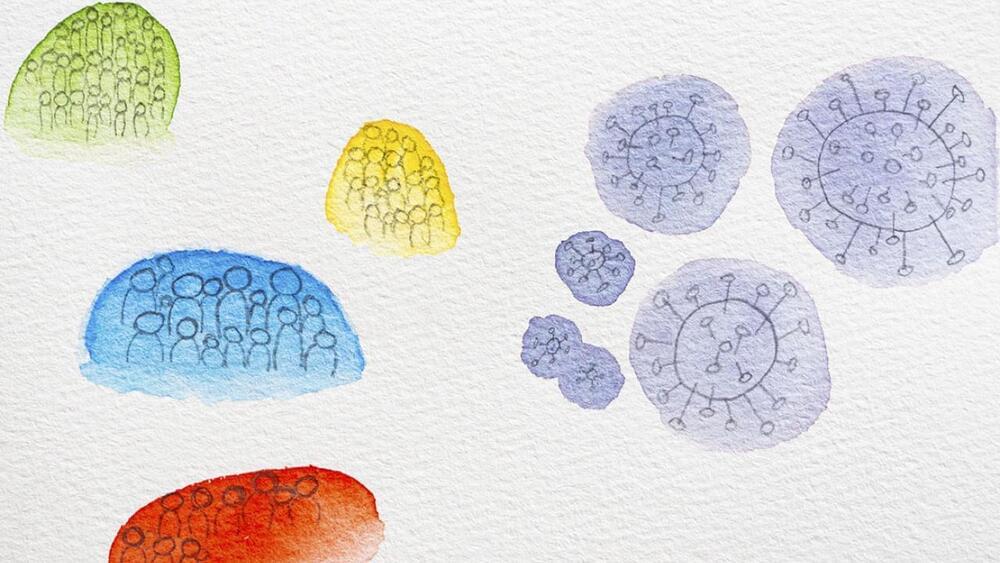Swiss researchers used state of the art fabrication facilities to miniaturize erbium lasers on to a silicon chip without impacting performance.



Around two million years ago, Earth was a very different place, with our early human ancestors living alongside saber-toothed tigers, mastodons, and enormous rodents. And, depending on where they were, they may have been cold: Earth had fallen into a deep freeze, with multiple ice ages coming and going until about 12,000 years ago.
Scientists theorize that ice ages occur for a number of reasons, including the planet’s tilt and rotation, shifting plate tectonics, volcanic eruptions, and carbon dioxide levels in the atmosphere. But what if drastic changes like these are not only a result of Earth’s environment, but also the sun’s location in the galaxy?
In a new paper published in Nature Astronomy, lead author and astrophysicist Merav Opher—an astronomy professor at Boston University and fellow at Harvard Radcliffe Institute— found evidence that some two million years ago, the solar system encountered an interstellar cloud so dense that it could have interfered with the sun’s solar wind. Opher and her co-authors believe this shows that the sun’s location in space might shape Earth’s history more than previously considered.

Tourists normally have to pay big money and brave cold climates for a chance to see an aurora, but last weekend many people around the world simply had to look up to see these colorful displays dance across the sky.
Usually banished to the poles of Earth, the auroras strayed as far as Mexico, southern Europe and South Africa on the evening of May 10, delighting skygazers and filling social media with images of exuberant pinks, greens and purples.
But for those charged with protecting Earth from powerful solar storms such as the one that caused the auroras, a threat lurks beneath the stunning colors.

Many people associate aging with a decline in cognitive function, health issues, and reduced activity. Uncovering mental processes that can boost the well-being of the older adults could be highly beneficial, as it could help to devise more effective activities aimed at improving their quality of life.
Researchers at University of Brescia and the Catholic University of the Sacred Heart recently carried out a study investigating the contribution of creativity and humor to the well-being of the elderly. Their findings, published in Neuroscience Letters, show that these two distinct human experiences share common psychological and neurobiological processes that promote well-being in older adults.
“Our recent study belongs to a line of research aimed at investigating the cognitive resources which are still available to elderly people and at understanding how such resources can support well-being,” Alessandro Antonietti, co-author of the paper, told Medical Xpress.

From Meta Reality Labs, Fair Meta, & HKUST CRAG — Comprehensive RAG Benchmark.
From meta reality labs, fair meta, & HKUST
CRAG — Comprehensive RAG Benchmark.
https://huggingface.co/papers/2406.
Retrieval-Augmented Generation (RAG) has recently emerged as a promising solution to alleviate Large Language Model (LLM)’s deficiency in lack of knowledge.
Join the discussion on this paper page.
Demonstration of RAF jackal drone firing missiles.
This footage shows a demonstration where a new RAF ‘Jackal’ drone fires missile at a target. The missile can be seen launching out the new drone as it flies above the ground.
The JACKAL drone capability has been designed and developed by experts from UK-based Flyby Technology, with Turkish partners FlyBVLOS Technology and Maxwell Innovations providing design engineering and prototyping expertise, to fill a recently discovered gap in modern combat operations.
As a Vertical Take Off and Landing (VTOL) platform, JACKAL is designed to satisfy a number of roles, including Battlefield Air Interdiction, Close Air Support, engaging helicopters in flight and killing tanks, to denying the use of runways and roads.
The trial — sponsored by the Rapid Capabilities Office (RCO) of the Royal Air Force – involved teams from Flyby and the technology giant Thales which also manufactures the LMM.


Yale researchers are using chemical “chameleons” to sneak up on drug-resistant brain tumors.
A Yale Cancer Center team has synthesized a compound, KL-50, that they say selectively targets drug-resistant glioblastomas while leaving healthy tissue alone.
Yale scientists say KL-50, their lead “chameleon” compound, effectively targets tumors without harming healthy surrounding tissue.

Images from the James Webb Space Telescope and the Chandra X-ray Observatory have been combined to reveal how the Crab Nebula’s neutron star is changing.